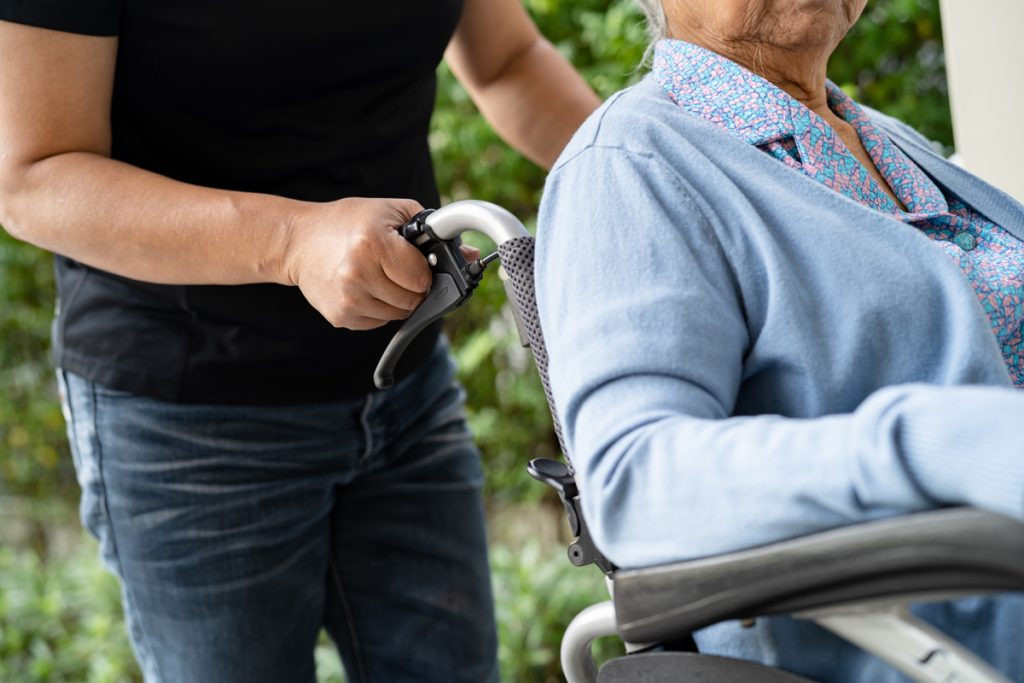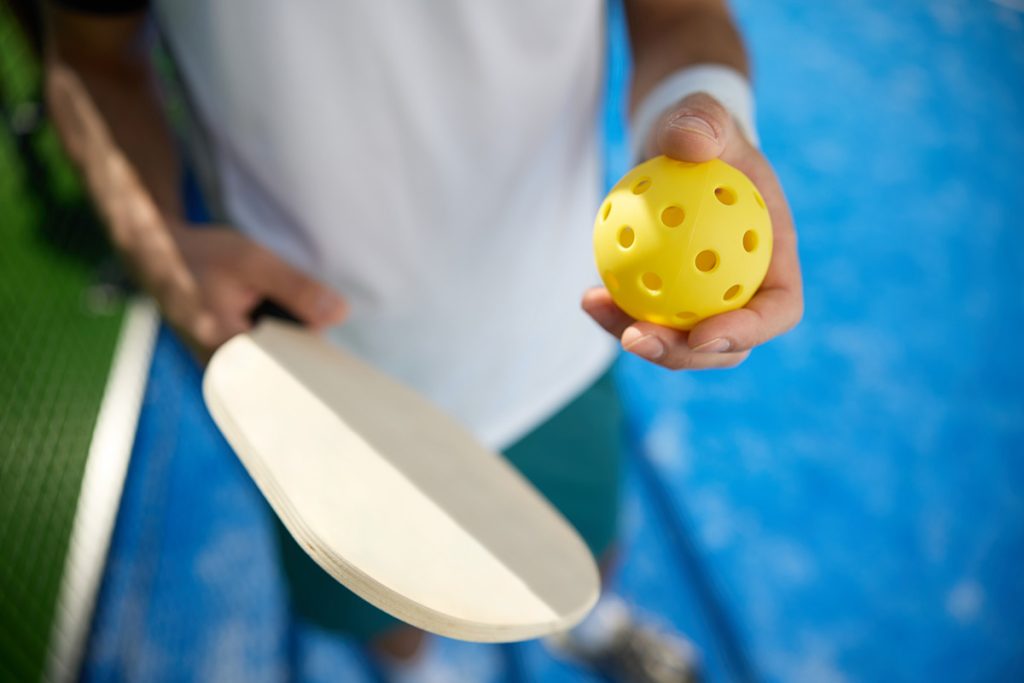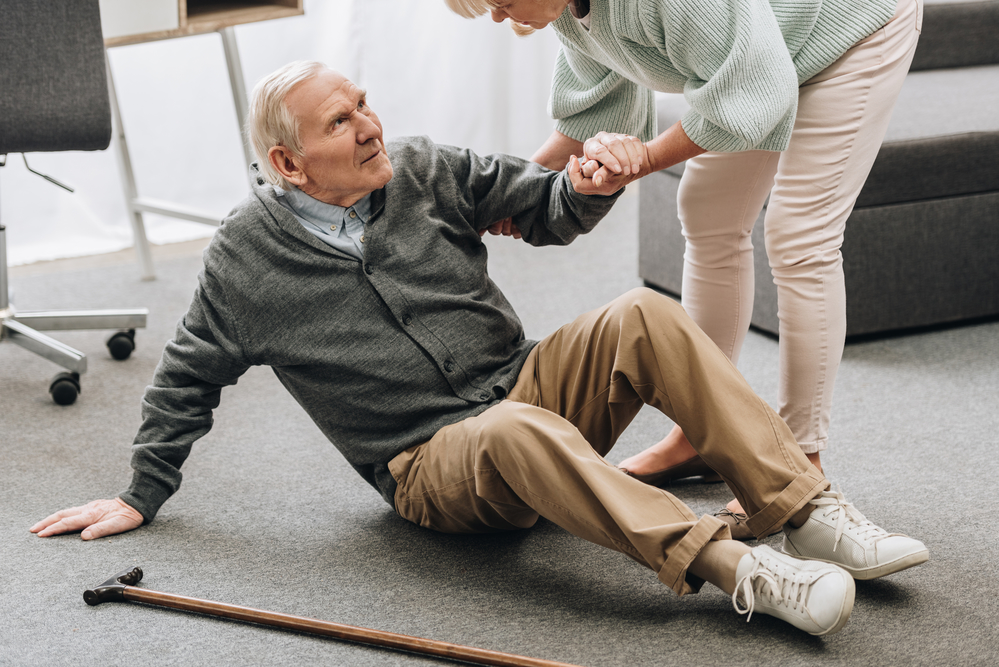Picking the Right Walking Cane
Walking canes are mobility aids designed to assist individuals with balance and stability issues while walking. They come in various styles, materials, and designs to cater to different needs and preferences. Here’s an overview of walking canes:
Types of Walking Canes:
- Standard Canes: These are the most common type of walking canes and are typically made of wood or metal. They have a single straight shaft and a handle at the top. Standard canes provide basic support and are suitable for individuals with mild balance or mobility issues.
- Folding Canes: Folding canes are designed for easy portability. They can be folded into a more compact size when not in use, making them convenient for travel or storage.
- Quad Canes: Quad canes have a four-pronged base at the bottom, offering greater stability than standard canes. They are suitable for individuals who require extra support and balance assistance.
- Offset Canes: Offset canes have an angled handle that aligns with the user’s wrist, providing a more ergonomic grip. They are designed to reduce wrist strain and offer better stability.
- Derby Canes: Derby canes have a curved handle that is comfortable to grip and aesthetically pleasing. They are often made of wood and are favored for their elegant design.
- Seat Canes: Some walking canes come with a built-in seat, allowing users to sit down and rest when needed. These canes are particularly useful for individuals who may get fatigued easily.
Materials:
Walking canes can be made from a variety of materials, including:
- Wood: Traditional canes are often made from wood, such as oak, cherry, or maple. Wood canes are known for their aesthetic appeal and durability.
- Metal: Aluminum and steel are commonly used for modern walking canes. Metal canes are lightweight, sturdy, and resistant to wear and tear.
- Carbon Fiber: Carbon fiber canes are exceptionally lightweight and durable. They provide a high level of strength while remaining easy to handle.
Features and Adjustability:
- Height Adjustment: Many walking canes are adjustable in height, allowing users to customize the cane to their specific needs. Proper height adjustment is essential for maximizing comfort and stability.
- Grips: Canes may feature various types of grips, including foam, rubber, or ergonomic handles, designed to provide a comfortable and secure hold.
- Cuff or Strap: Some canes come with a wrist cuff or strap that prevents the cane from falling to the ground when not in use, making it easier to retrieve.
Choosing the Right Cane:
When selecting a walking cane, it’s essential to consider factors such as your mobility needs, comfort, and personal preferences. Consult with a healthcare professional or physical therapist if you have specific mobility concerns. They can help you determine the most suitable type of cane and provide guidance on proper use.
Proper fit and usage are crucial for getting the most benefit from a walking cane while ensuring your safety. Regular maintenance, such as checking for wear and tear and replacing worn-out rubber tips, is also important for the safe and effective use of a cane.
To Stand Up And Walk
- Quad cane: Push up from the armrest of the chair or from the bed to a standing position. Grasp the cane and make sure you are steady.
- Standard cane: Hold the handle of the cane in one hand as you push up from the armrest. Once standing, pause to be sure you are steady.
- Move the cane forward a short distance. Make sure you keep the cane a few inches out to the side.
- Step forward with your injured or weaker leg first, putting weight onto the cane. Then take a step with your stronger leg.
- Look up to see where you are going, not always down at the floor.
To Sit Down Onto A Chair
Back up until you feel the chair against your legs. Instructions based on type of cane are:
- Quad cane: Place both hands on the chair arm. Ease down into the chair.
- Standard cane: Hold the cane in one hand and the armrest with other hand. Ease down into the chair.
To Go Up The Stairs
Push down on the cane. Step up with your stronger or uninjured leg. Then step up to the same step with your weaker or injured leg. Bring the cane up.
To Go Down The Stairs
Place your cane down one step. Step down with your weaker or injured leg. Then step down with your uninjured leg.
If you have a railing, hold onto it with your other hand. If you use a large quad cane, you may need to turn it sideways so it fits on the step.
To Prevent Falls
- Be sure your cane is in good condition. Your cane should have grooved rubber tips covering the bottom of each leg(s) of the cane.
- Avoid throw rugs and waxed floors.
- Be careful when walking on wet or slippery surfaces.
- Wear low-heeled, tie shoes for better support.
Follow your physician’s orders regarding any limits on your activities.
Source: https://my.clevelandclinic.org/health/articles/15541-how-to-use-a-cane
Having a home safety assessment performed to identify fall risk and provide safety recommendations followed up by installation, can greatly reduce your risk of falls in your home environment. You are unique and your needs are too!
Related Posts




